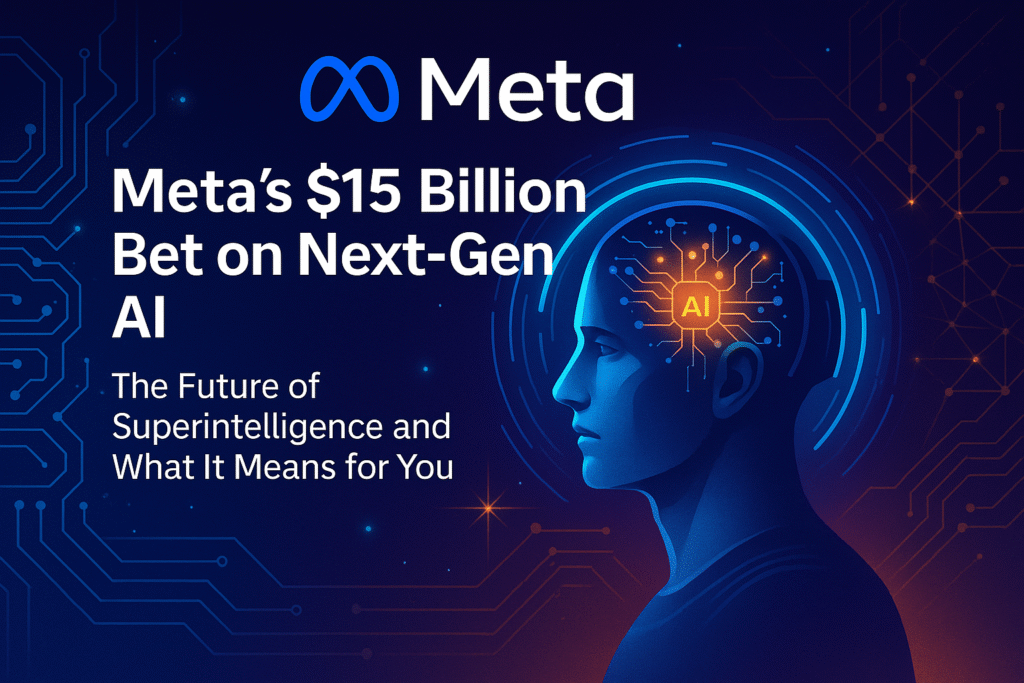
OpenAI’s GPT-5: Everything We Know About the Next-Gen Model
As of mid-2025, OpenAI has not officially released GPT-5. However, the buzz around its potential capabilities is louder than ever. With the rapid advancements in generative AI, experts and enthusiasts are watching closely for what could be a transformative leap in artificial intelligence.
What Is GPT-5?
GPT-5 is the anticipated successor to GPT-4, OpenAI’s current flagship model. While no formal details have been released, GPT-5 is expected to offer significant improvements in reasoning, memory, and reliability. Most notably, it may include features like persistent memory, more fine-tuned alignment, and better contextual understanding over long conversations.
Expected Features of GPT-5
Although OpenAI has been tight-lipped, several potential features are being speculated:
- Longer Context Window: GPT-5 could allow users to interact over even longer sessions without losing the thread of the conversation.
- Persistent Memory: A memory feature that retains information across sessions could make GPT-5 more personal and context-aware.
- Improved Multimodal Abilities: While GPT-4o already accepts text, image, and audio inputs, GPT-5 might enhance performance across all these inputs significantly.
- Fewer Hallucinations: One of the key challenges of current models is generating false or misleading information. GPT-5 may reduce these occurrences by better understanding factual accuracy.
Use Cases to Expect
If GPT-5 fulfills these expectations, it could change the landscape of multiple industries:
- Customer Support: AI could manage entire conversations, remember past customer issues, and respond with empathy and accuracy.
- Education: GPT-5 may offer smarter tutoring systems, adapt learning plans, and understand students’ progress over time.
- Healthcare: Doctors could use it for administrative assistance, patient interaction, and even as a diagnostic tool—though under strict ethical and regulatory guidelines.
- Coding and Development: With better context management, GPT-5 might write more complex programs and provide efficient code reviews.
How GPT-5 Differs From GPT-4 and GPT-4o
GPT-4 and GPT-4o were already major steps forward in terms of speed and multimodal interaction. However, they still have memory limitations and occasional lapses in reasoning. GPT-5 is projected to build upon these strengths by becoming more reliable, retaining information better, and responding with greater context awareness.
Moreover, if OpenAI integrates fine-tuned memory features across their free and paid platforms, we may see AI that begins to truly “understand” its users over time. This could dramatically change how individuals interact with tools like ChatGPT, Copilot, and other embedded AI systems.
Rumored Release Timeline
Although OpenAI hasn’t confirmed a launch date, industry insiders suggest that GPT-5 might arrive in late 2025 or early 2026. According to reports from The Information, enterprise partners such as Microsoft have already begun internal testing of a version speculated to be GPT-5.
In the past, OpenAI has followed an 18–24 month cycle for releasing major updates, which means a late-2025 debut wouldn’t be surprising. Still, the company’s CEO, Sam Altman, has emphasized the importance of safety and alignment over speed, which could delay the rollout.
Safety and Ethical Concerns
With every leap in AI capabilities, safety becomes a growing concern. GPT-5’s advanced reasoning could make it more persuasive or harder to distinguish from human responses. As a result, OpenAI is likely investing heavily in alignment research, ensuring the new model adheres to human values and safety standards.
Additionally, features like persistent memory will require thoughtful data handling practices. Ensuring user privacy, transparency, and user control will be crucial for maintaining public trust.
Business Implications
From finance to logistics, the business world is eager to see what GPT-5 can do. If the model becomes more reliable and adaptable, companies might automate a wider range of knowledge tasks. This could lead to increased productivity, faster innovation, and lower operational costs.
At the same time, it may bring new questions around AI’s role in job displacement, intellectual property, and data ownership. Businesses will need to stay informed and agile as this new technology unfolds.
Final Thoughts
GPT-5 is not just another model upgrade—it could mark a major evolution in how we interact with machines. If the rumored features are accurate, users may experience smarter, more helpful, and more human-like AI than ever before.
For now, we wait. But judging by the pace of development, the next generation of AI may be closer than we think.

